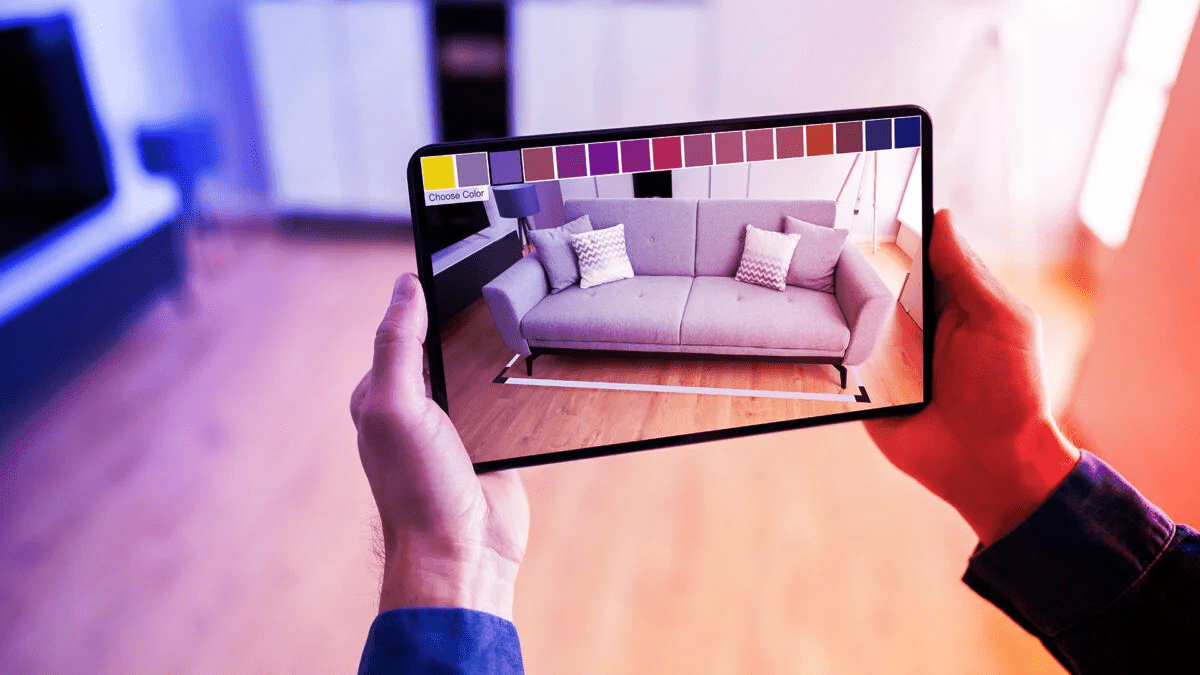Augmented Reality Poster Campaigns Must Speak a Global Language
The future of print is immersive—and augmented reality poster campaigns are quickly becoming a powerful tool in modern marketing. Whether used in OOH placements, retail stores, or experiential events, AR posters allow brands to connect print with digital interaction. But what happens when your audience isn’t just local, but global?
If you’re expanding internationally, you can’t assume the same AR poster design will resonate across every market. Cultural perceptions of color, imagery, humor, and even technology adoption vary dramatically. A design that captivates audiences in New York might confuse or alienate consumers in Tokyo, São Paulo, or Dubai.
So if you’re wondering how to make augmented reality poster campaigns that perform worldwide—this guide is for you.
Let’s explore how to design culturally sensitive, globally relevant poster augmented reality campaigns that drive results across markets.
Why Cross-Cultural Considerations Matter in Augmented Reality Poster Design
At its core, an AR poster combines physical design with digital interactivity. This means marketers must account for two sets of cultural cues: those embedded in the print and those embedded in the digital experience.
Here’s why that’s crucial:
Color meanings differ by region (red = luck in China, danger in the U.S.)
Facial expressions and gestures may be interpreted differently
User interaction norms vary (e.g., scanning a QR code may feel natural in one culture and suspicious in another)
Technological infrastructure and AR adoption rates aren’t consistent globally
Understanding these nuances helps marketers create an augmented reality poster that feels localized—not just translated.
AR Poster Design: 5 Cross-Cultural Design Principles
Visual Language: Colors, Symbols, and Layout
When designing your augmented reality poster, start with cultural color theory. Here’s a quick guide:
Color | Western Perception | Eastern Perception |
Red | Danger, passion | Prosperity, good luck |
White | Purity, weddings | Mourning, death |
Yellow | Cheerful, energetic | Sacred, imperial |
Avoid using symbols with unintended religious or political connotations. Also, consider reading direction: left-to-right layouts may not suit Arabic or Hebrew-speaking regions, which read right-to-left.
Pro tip: Always test poster AR visuals with a local focus group before launch.
Typography and Language Choices
When it comes to augmented reality poster design, font style and tone matter. Oversized, informal fonts may feel fun and fresh in one culture but unprofessional in another.
Tips:
Use regionally approved and legible fonts
Avoid slang or idiomatic expressions in your call-to-action
If using multiple languages, ensure hierarchy is balanced—don’t visually favor one over another unless contextually appropriate
Your AR poster should feel inclusive, not copy-pasted.
AR Experience Expectations by Culture
How users interact with poster augmented reality content varies by region:
Asia-Pacific markets are often tech-forward, with high AR engagement via apps like LINE or WeChat.
European audiences may prefer minimalism and subtle interactivity.
Latin American markets lean into emotional storytelling and high-impact visuals.
North American users expect clear CTAs and gamification elements.
This affects how to make augmented reality poster campaigns that feel intuitive and rewarding. For example, U.S. audiences may expect a discount coupon after scanning. In Japan, a digital collectible or character interaction might be more engaging.
Cultural Appropriateness in Imagery and Voice
Avoid visuals or messaging that could be misinterpreted or offensive. That includes:
Religious symbols
Gender roles or stereotypes
Humor that doesn’t translate
Use localized voiceovers or audio cues when applicable in your AR layer. A one-size-fits-all audio narration may fall flat—or worse, offend.
Digital Infrastructure and Access
Even the best-designed augmented reality poster won’t succeed if your audience can’t engage with it.
Check:
Smartphone penetration and AR compatibility
Average internet speeds
Local data costs (will users pay to stream your AR experience?)
Consider low-bandwidth options or offline AR functionality in emerging markets to ensure inclusivity.
How to Make Augmented Reality Poster Content Culturally Resonant
Creating a global-ready poster AR campaign isn’t just about design—it’s about experience.
Here’s a quick step-by-step:
Research the region’s cultural preferences and taboos
Adjust color palette, tone, and layout
Localize language and audio elements
Use region-specific CTAs (“Tap to Play” vs. “Scan for Prize”)
Test with local focus groups before printing at scale
Monitor performance analytics by region to adjust future campaigns
The best AR poster advertising campaigns aren’t just engaging—they’re culturally fluent.
Real-World Example: Global Beverage Brand’s AR Poster Strategy
A well-known beverage company launched augmented reality posters in six countries. Each AR layer featured a local influencer welcoming users and sharing a recipe that incorporated the product.
Key adaptations:
Local greetings and language
Regional colors and symbols
Country-specific user incentives (e.g., sweepstakes vs. digital collectible)
Result: 3x engagement vs. generic poster, 65% increase in regional sales campaign performance.
This proves that AR poster design rooted in cultural understanding drives real-world outcomes.
Key Metrics to Measure Cross-Cultural AR Poster Campaign Success
Track these KPIs to understand how well your poster augmented reality strategy performs globally:
Scan rates by region
AR dwell time (how long users engage)
Social shares from localized experiences
Coupon redemptions / lead conversions
User sentiment analysis
Compare these metrics across markets to iterate on AR poster design per region.
Final Thoughts: Augmented Reality Poster Campaigns Go Further with Cultural Intelligence
AR makes posters smarter—but cultural fluency makes them relevant.
If you want your augmented reality poster campaign to go viral in São Paulo and Seoul, you’ll need more than good tech. You’ll need localized empathy, strategic adjustments, and a willingness to test, learn, and adapt.
Because at the end of the day, great marketing doesn’t just translate—it transcends.






